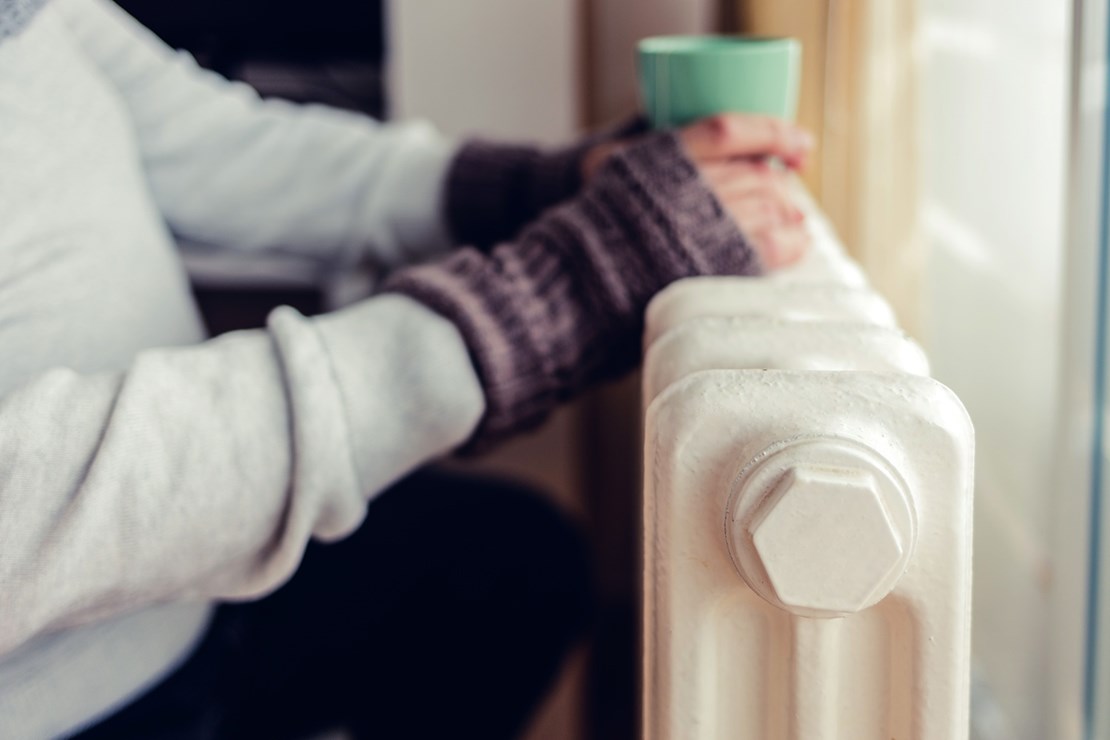Against a backdrop of concerns about rapidly rising fuel costs, the cost of living generally and a particularly cold winter, Bedford Borough place partnership initiated the ‘Warm Homes’ programme. By funding improvements to make homes warmer for eligible residents, the programme aimed to improve health for people with chronic conditions and reduce health inequalities.
NHS Arden & GEM’s specialist public health team, Solutions for Public Health, was commissioned by Bedford Borough Council to conduct an evaluation of the programme, supported by the CSU’s Business Intelligence team. The evaluation findings have been presented to both local and national Population Health Management forums to share learning and inform the future of similar programmes.
The challenge
Living in a cold home can negatively affect both physical and mental health. People with health concerns such as asthma, circulatory problems, diabetes and arthritis are especially vulnerable. A cold home can also raise blood pressure increasing the risk of cardiovascular diseases such as strokes and heart attacks. Children living in cold homes are at increased risk of respiratory problems.
The Bedford Borough place partnership had received funding from Bedfordshire, Luton and Milton Keynes (BLMK) Integrated Care System to establish a population health management approach to improve health and reduce health inequalities. They chose tackling fuel poverty as their priority area, targeting residents living in areas of high deprivation and fuel poverty/stress who had chronic health conditions which could be exacerbated by living in a cold and/or damp home.
The Warm Homes programme offered improvement to eligible residents which could make their homes warmer and/or less damp.
The main improvements offered were the installation of replacement gas boilers, loft insulation and cavity wall insulation. The National Energy Foundation (NEF) was commissioned to deliver the programme which ran between December 2022 and July 2023.
An additional intended benefit of the programme was to reduce carbon emissions, to help the Council meet its targets towards addressing climate change.
Our approach
Securing programme participants
Arden & GEM’s BI team worked in partnership with Bedford Borough Council to identify patients with specified health conditions living in an area with high levels of deprivation and fuel poverty. These patients were flagged on local GP systems and 1,635 people were sent letters on behalf of the GP practice inviting them to participate in the Warm Homes programme. 112 people contacted to the programme to find out more.
The programme was also promoted through partner organisations who could signpost people to self-refer. An additional seven people came forward after learning about the programme in this way.
After assessment of their eligibility and requirements, 53 households received an installation.
Producing the initial evaluation
An initial mixed-methods evaluation was produced by Solutions for Public Health in September 2023 and included:
- Reviews of wider issues affecting householders’ ability to keep their homes warm and dry such as the increasing cost of living, rising energy costs, weather trends, and national and local support available to householders
- Analyses of household and programme activity data including feedback provided by programme recipients
- Analyses of health outcomes data (numbers of GP appointments, A&E attendances and inpatient admissions) for three cohorts: those invited to participate in the programme who did not receive an installation; those who received installations as part of the programme, and a control group in a neighbouring local authority.
One of the recommendations of the initial evaluation was to conduct further analysis of health outcomes data when participants had benefited from the installations delivered over a full winter period.
Conducting further analysis
In the Autumn of 2024 the analysis of health outcomes was repeated, using data from July 2021 to June 2024, with the ‘treatment period’ being July 2023 to June 2024.
This further analysis used Difference-in-Differences regression modelling involving a counterfactual world in which the ‘treated’ patients did not receive installations based on trends and characteristics of both the treated and the control group. The actual figures for installation recipients were then compared to the hypothetical situation.
Outcomes
In the initial evaluation, in 2023, of people who had received an installation:
- 81% reported a positive change in their rating with regards to the warmth of their home
- The proportion of people who felt warm or very warm rose from 26% to 70%
- 45% showed a positive change in how worried they felt about paying their energy bills
- 54% believed that their home has less of a negative impact on their health.
Participants also shared feedback about the positive impact of the programme:
“My home gets warm quicker and stays warm!”
“Installation has helped with cold affecting health less”
“I was stunned to get the letter and very pleased that [the programme] took this on for people like me to stay warm while keeping my bills down”
The overall average cost of the programme per household was £2,514. While the mean lifetime carbon saving for households who received an installation was approximately 14,000 kg CO2.
The further analysis in 2024 found that:
- Rates of A&E attendances and hospital admissions were similar across the programme and control cohorts, however, at this level of granularity the majority of patients have no contact with NHS hospitals
- There was a material decrease in primary care activity for patients who received an installation, falling by 1.2 appointments per patient
- Given an average number of 4 appointments per quarter, this decrease is also practically significant from the patients’ perspective.
A number of important caveats were outlined in the reports including the small number of installation recipients and additional actions they may have taken to keep their homes warm or look after their health.
The work has been presented in a number of forums, including the PHM National Delivery Forum and the BLMK PHM Collaborative.
Find out more about the work of our Solutions for Public Health team.
